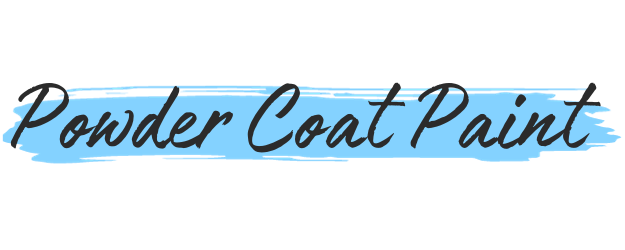Powder Coating Tips (Helpful Guide)
Powder coating is an excellent method for giving metal surfaces a durable, high-quality finish. As you dive into this process, you’ll discover that the right techniques are crucial in achieving consistent and professional results.
When choosing a powder, consider your project’s specific requirements. Selecting the most compatible powder type will greatly improve the finish, longevity, and overall outcome of your coating project.
Taking the time to prepare the surface correctly will also ensure a smoother application and a better overall finish. Adequate cleaning, degreasing, and masking of the metal surface will make a significant difference in the final result.
These are just some basic powder coating tips. In the sections below, we’ll provide you with even more information on how you can become a better powder coater.
Understanding Powder Coating
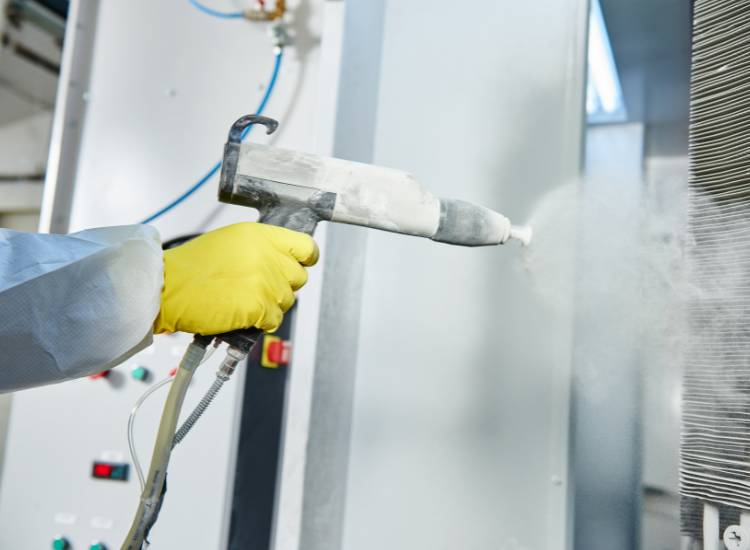
The Basics of Powder Coating
Powder coating is a dry finishing process that creates a durable and attractive finish on a variety of materials. You can find it in a wide range of applications, from industrial equipment to everyday consumer goods.
The process involves applying a powder made of finely ground particles of pigment and resin to the surface of the item. Electrostatic spraying is commonly used to adhere the powder to the item. Then, the coated item is heated until the powder melts, creating a smooth, uniform finish.
Types of Powder Coating
- Thermosets: These powder coatings create a chemical bond when heated, which makes them highly resistant to various environmental factors. They’re ideal for outdoor applications, where long-term protection and color retention are important. Examples of thermoset coatings include epoxy, polyester, and acrylic.
- Thermoplastics: These coatings melt when heat is applied but remain chemically unchanged. They can be repeatedly melted and solidified without losing their properties. Common thermoplastic coatings include polyvinyl chloride (PVC), polyamide (nylon), and polyolefin.
Both thermosets and thermoplastics come in numerous colors, textures, and finishes to suit your needs. Knowing the difference between these two types will help you choose the right powder coating for your project.
Preparation Tips
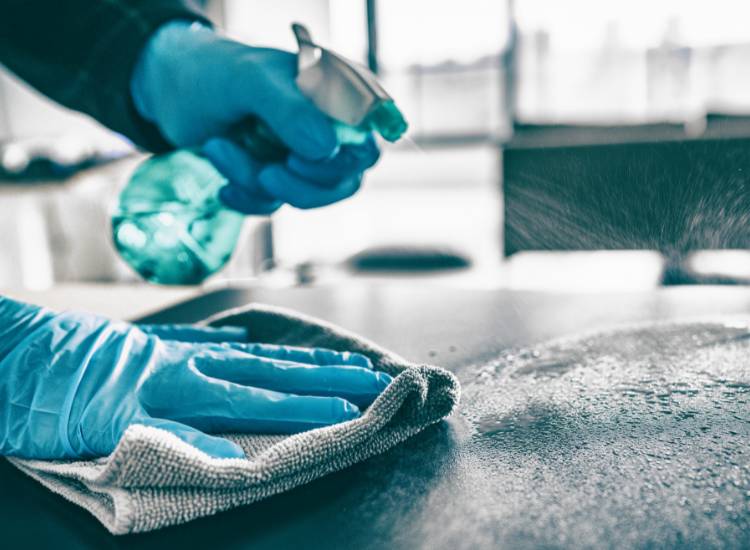
Surface Preparation
Before starting the powder coating process, it’s crucial to properly clean your pieces. Remove grease, oil, and dirt by using a degreaser or specialized cleaning solution. After cleaning, sand or blast the surface to create a uniform profile that allows the coating to adhere effectively.
It’s essential to avoid touching the cleaned surface with your bare hands. Instead, wear gloves to prevent any dirt or oils from contaminating the surface.
Proper Masking Techniques
Mask off any areas you don’t want the coating to cover using high-temperature tape, silicone plugs, or other suitable masking materials. Ensure the tape or plugs adhere well to the surface and that there are no gaps, which could lead to uneven coating application.
When removing the masking materials, carefully peel them off to prevent any damage to the freshly coated surface. Remember, practice makes perfect when it comes to mastering masking techniques for a professional-looking finish.
Coating Application Tips
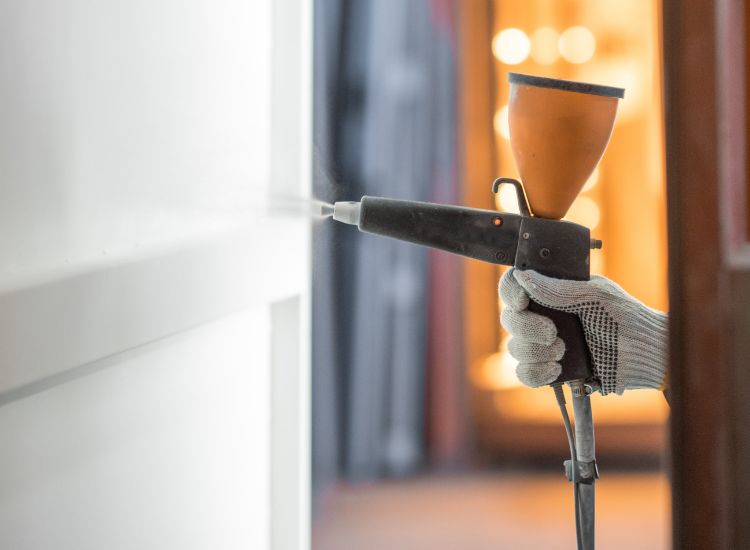
Choosing the Right Equipment
Selecting the appropriate equipment is crucial for successful powder coating. You need to consider factors like the size of the objects you’re coating, your production volume, and your budget.
Electrostatic spray guns are a popular choice for applying powder evenly. They come in various styles and sizes to accommodate your needs.
Application Best Practices
Properly preparing the surface of the item to be coated is essential. Clean and degrease the surface to ensure excellent adhesion and a uniform finish.
Achieving an even coat thickness is important for optimal results. Use a uniform spraying motion, and don’t rush the process. Pay attention to corners and edges, as they can be more challenging to coat evenly.
Monitor and maintain the ideal environmental conditions for powder coating. Temperature and humidity have a significant impact on the powder’s behavior and the final outcome.
Curing and Finishing Tips
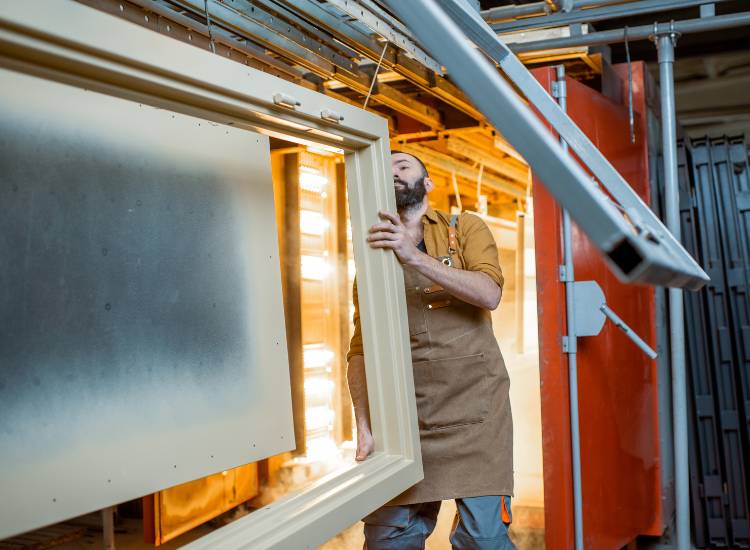
Optimal Curing Conditions
To achieve the best results, ensure that your oven has a uniform temperature. Preheat it to the manufacturer’s recommended settings. Keep your coated items inside the oven for the specified time and temperature.
When curing, always use a high-quality, well-calibrated thermometer. This will help you to monitor the temperature accurately, ensuring a perfect finish for your piece.
Final Inspection Techniques
After curing, take time to inspect your coated items thoroughly. Check for spots where the coating is too light, uneven, or bubbled. Inspect all corners, edges, and complex shapes.
A well-lit workspace will help you to spot flaws easily. Use magnification tools like a magnifying glass to examine small and intricate details. By following these tips, you’ll achieve a professional powder coating finish on your projects.
Troubleshooting and Maintenance
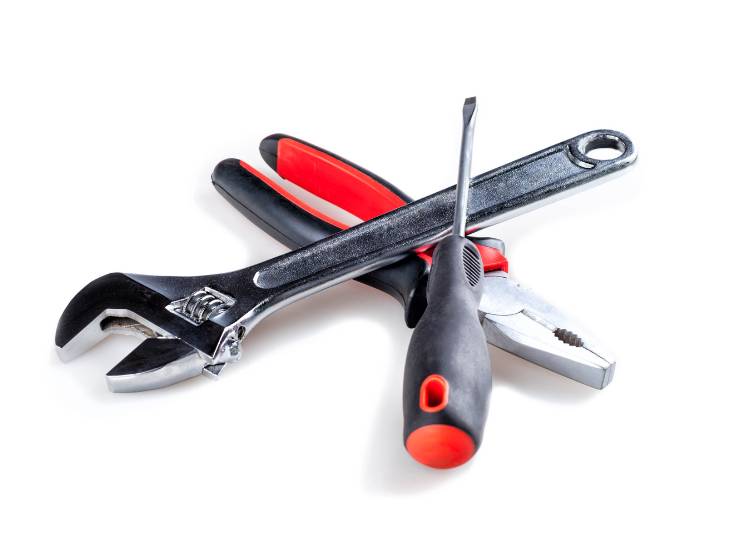
Common Problems and Solutions
Orange Peel Effect: This is a common issue where the powder coating surface has a bumpy texture. To fix this, ensure the powder particles are of uniform size and adjust the application equipment settings.
Pinholes: These are tiny air bubbles that can appear on the finished surface. You can reduce the occurrence of pinholes by keeping the coated surface clean and using a compatible pretreatment.
Routine Equipment Maintenance
- Spray Equipment: Regularly clean and inspect your spray gun to prevent powder buildup, clogs, and wear-and-tear. Replace worn parts as needed.
- Oven: Periodically inspect the oven for proper temperature control and efficient airflow. Maintain clean filters and vents to ensure consistent results.
Safety Tips
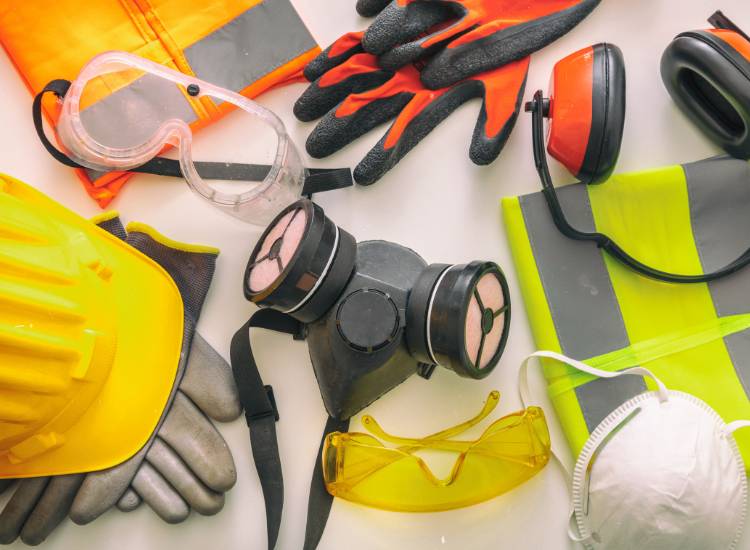
Personal Protective Equipment
Wearing personal protective equipment (PPE) is vital. Always use safety goggles, gloves, and a mask when handling powder coating materials.
Choose respiratory protection specifically designed for powder coating. This ensures you are adequately protected from inhaling harmful particles.
Workplace Safety Measures
Keep your workspace clean and organized. By doing so, you create a safer environment and reduce the risk of accidents.
Follow these recommendations:
- Ensure proper ventilation in your workspace.
- Store chemicals and materials according to manufacturer’s guidelines.
- Implement a fire safety plan, including extinguishers and emergency exits.
- Regularly inspect and maintain equipment to prevent malfunctions.
Stay cautious and follow these safety tips to have a secure powder coating experience.
Related: How to Restore Faded Powder Coating
